Chelsea Flower Show 2025: The essential guide for first timers
The RHS has gone to great lengths to make the Chelsea Flower Show as fun and accessible for people of all gardening abilities. If you're planning to visit for the first time, here's everything you need to know.

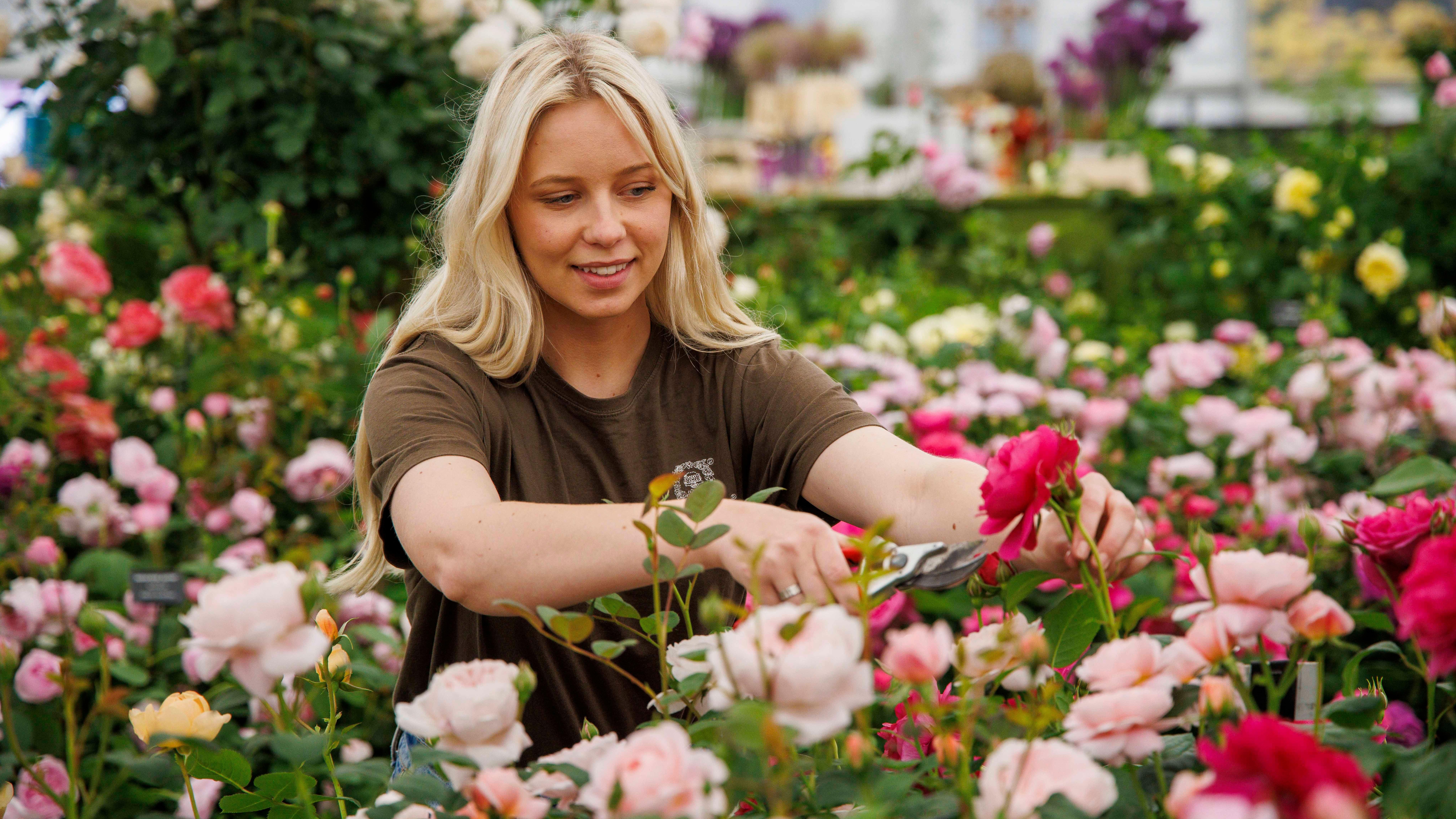
You never forget your first RHS Chelsea Flower Show — a heady concoction of big-budget show gardens, colourful, independent nursery exhibitors and high profile sponsors. The ‘Spring Show’ is the date for garden lovers everywhere and its prestige pulls in an enormous crowd (about 170,000) of committed RHS members, green-fingered celebrities and tourists alike. BBC prime-time coverage is consumed by a further three million viewers.
It has to be seen to be believed.
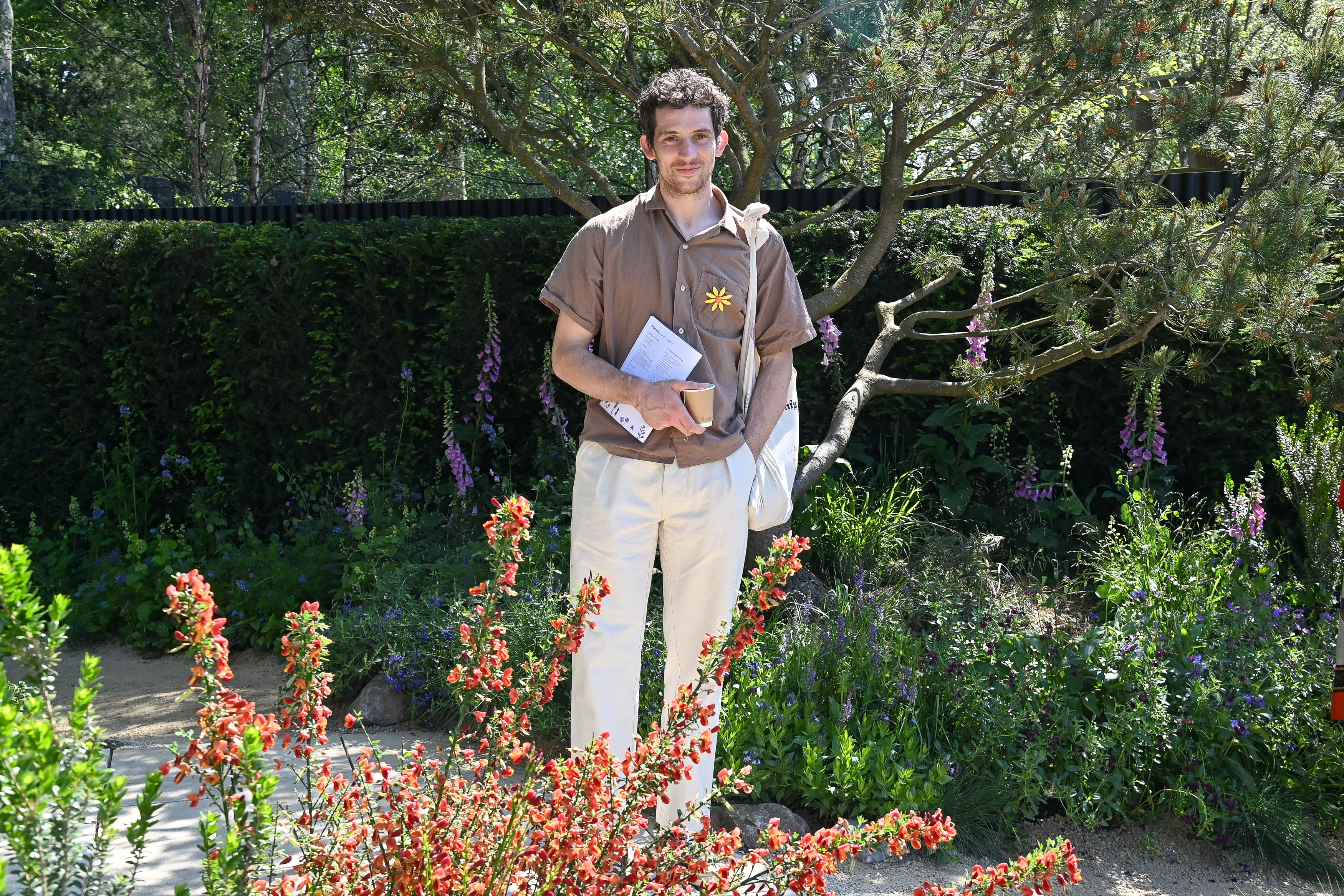
Actor Josh O'Connor in front of the Stroke Association's Garden for Recovery at the 2024 Show.
The show has taken place in some form or another for more than 100 years, and while it’s received some criticism for being out of touch and inaccessible, considerable efforts have ben made to address this, and the environmental cost of the show. ‘RHS Chelsea Flower Show is not just for the stalwart gardener but also for the next generation discovering their green thumbs too,’ says Gemma Lake, RHS Chelsea Show Manager. ‘Show garden designers have embraced new ways of gardening this year to appeal to a younger audience, from embracing technology in their designs to finding unusual edibles that break away from the traditional allotment of fruit and veg. Gardens this year also speak to the wellbeing power of plants and the positive environmental impact gardening has.’
As a garden designer and writer, I’ve had the pleasure of visiting many times; in my 20s, as an RHS member pressing through the throngs, and then just last year as a designer, where I got to experience the wonderful collaborative atmosphere of the build weeks, working alongside Kent Wildflower Seeds (more on them later). The showground itself isn’t that big, but the sheer number of visitors and exhibitors make it an absolute rabbit warren to navigate. That just means that planning, as ever, is key. So, if it’s your first time visiting the show, here’s what you need to know.
Do your homework
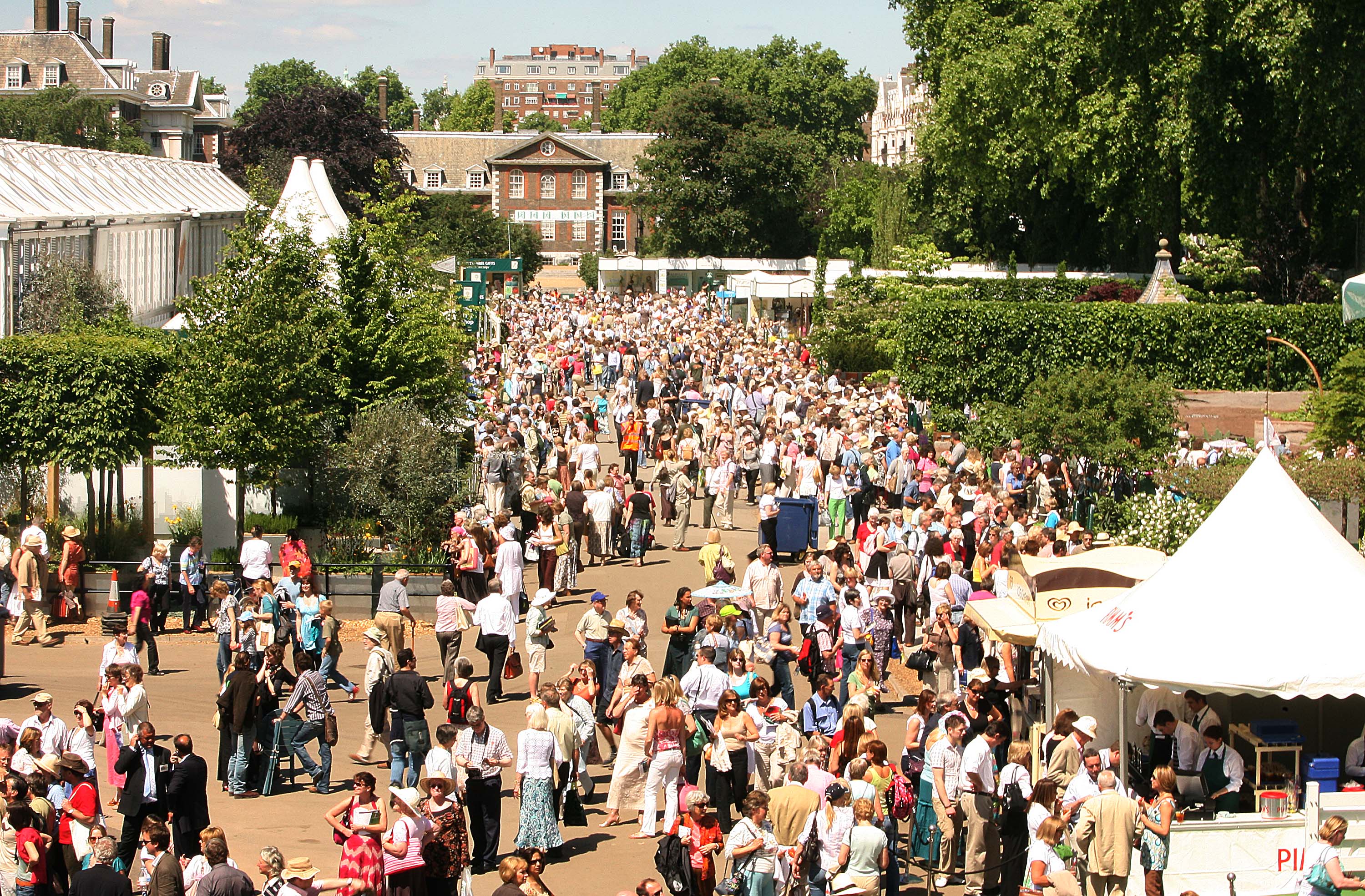
The crowds at Chelsea Flower Show are not for the faint-hearted and can number close to 200,000 people across the week. It's essential to come with a game plan.
RHS Chelsea Flower Show has evolved from a single tent exhibition into the spectacle it is today. No one is better placed to reflect on how much it has changed than multi-award winning garden designer and writer Jo Thompson, who’s returning to Chelsea for the first time since 2018 with a garden for Glasshouse, a social enterprise that supports women in prison by using horticulture to create opportunities and transform their lives when their sentences are finished.
Thompson is renowned for her incredible use of colour and heady, romantic orchestras of plants; if you want ideas for your own garden and to see what’s going to define planting trends for the next few years, take good notes on Thompson’s planting palette.
One huge change since she first started exhibiting, she says, has been the arrival of social media. ‘I used to write a [behind the scenes] blog 15 years ago and getting this glimpse felt like something very rare — a real revelation into a mysterious world, whereas now you can easily get updates about each garden’s progress.’
Exquisite houses, the beauty of Nature, and how to get the most from your life, straight to your inbox.
Following your favourite nurseries and designers on Instagram for weeks before the build will give you amazing insights and more context into what you will see on the day. Once you’re at the show it can be hard to fully appreciate the scale of the designs and have a good look — not least because of the huge crowds. It’s also worth checking out the BBC coverage the night before you go so you can plan your day a bit and make a list of the things you want to see.
Start with the Main Avenue
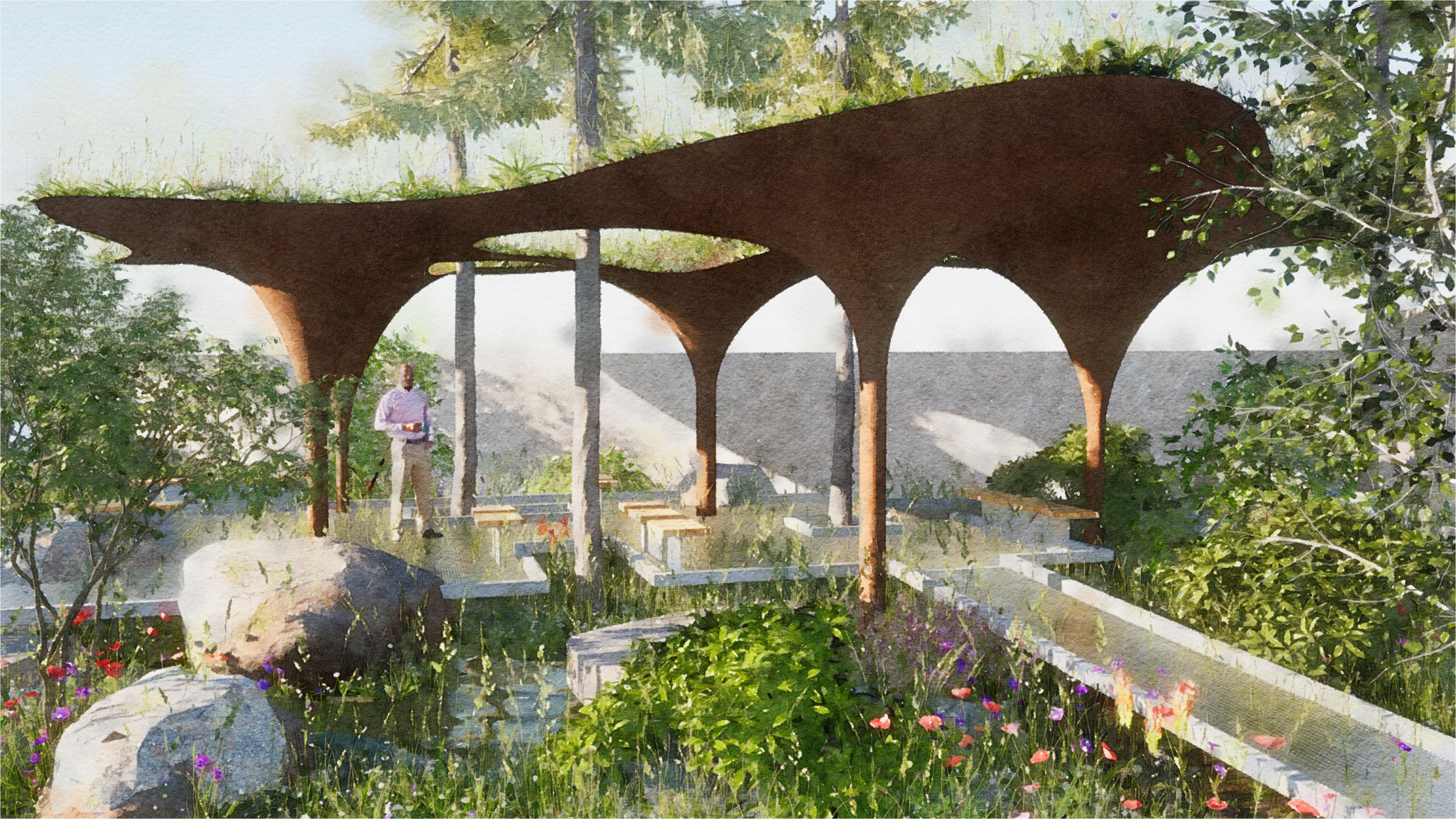
An artist's impression of the award-winning 2024 Wateraid Garden on the Main Avenue.
You’ll likely arrive at the Show via Sloane Square — no need for a map, just follow the stream of floral dresses. Get there as early as you can and tick off the big show gardens before they get too busy.
A single show garden can cost hundreds of thousands of pounds to build. Sponsors are usually charities in partnership with a deeper pocketed partner; since the pandemic an initiative called ‘Project Giving Back’ has helped give this and other show garden categories — Sanctuary, Balcony and Container gardens and ‘All About Plants’ — a proper funding boost.
The winner takes it all
When you’re at Chelsea, it’s easy to forget that just three weeks prior none of the infrastructure existed. However, the process for designing and building a Chelsea garden can take years, with the RHS announcing the line-up the previous autumn. Towards the beginning of May, huge teams of landscapers and volunteers arrive to bring to life intricate designs that comprise complex water features, towering pavilions, and lots of carefully planted blooms.
There’s a lot of preening and pruning because this, after all, is a competition. The judging is done before the Show opens to the public and medals are awarded at different times depending on which category a garden or exhibit is in. If you’re particularly interested in visiting the award-winning gardens, have a look online beforehand and determine where they are — it’s impossible to tell once your on site because the plaques and signage are all very small.
Views, views, views
Don’t walk straight down the Main Avenue, step-in-step with everyone else; instead, weave between it and Eastern Avenue. You’ll be rewarded with more interesting views into and across each garden and there will be fewer heads and shoulders obstructing your sightline.
The gardens I’ll be keeping a watchful eye out for include Jo Thompson’s Glasshouse garden, Nigel Dunnet’s Hospitalfield garden and The Avanade Intelligent garden, designed by show regular Tom Massey and his co-collaborator, Je Ahn. It’s jubilant embrace of all things artificial intelligent (AI), means it’s already considered one of the most controversial Chelsea gardens of all time.
Size doesn’t necessarily matter
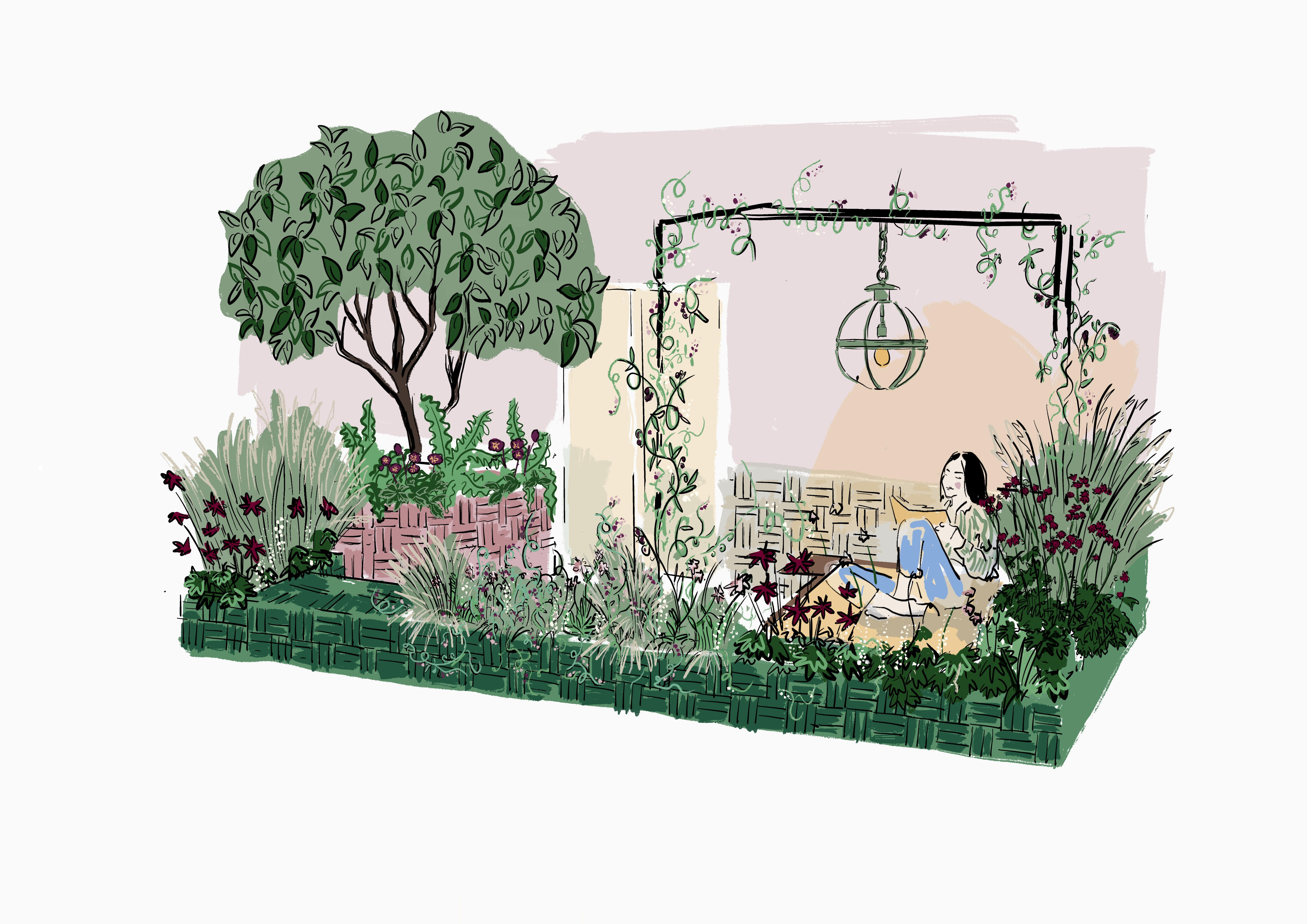
Though the Main Avenue is typically the biggest draw of the day, the smaller show gardens and independent nurseries can be just as interesting — and easier to look at. In keeping with the RHS’s own attempts to appeal to a broader audience, exhibitors are increasingly catering to different levels of expertise.
If you’re on the hunt for small garden inspiration, then you must check out the Balcony and Container gardens which is when talented young designers often cut their teeth. One such designer is Caroline Clayton, founder of Viriditas Studio, a first-time Chelsea designer whose been tasked with creating a balcony space in partnership with Me+Em (above). ‘The Chelsea Flower Show is the pinnacle of garden design — a place where creativity, innovation, and passion come together in the most inspiring way,’ says Clayton. ‘The Balcony Garden section is one of the most exciting areas because it reflects how so many of us live today — in cities, with limited outdoor space,’ she continues. ‘It proves that you don’t need a huge garden to create something beautiful, personal, and green. It's about reimagining what’s possible in a small space.’
Save the best till last
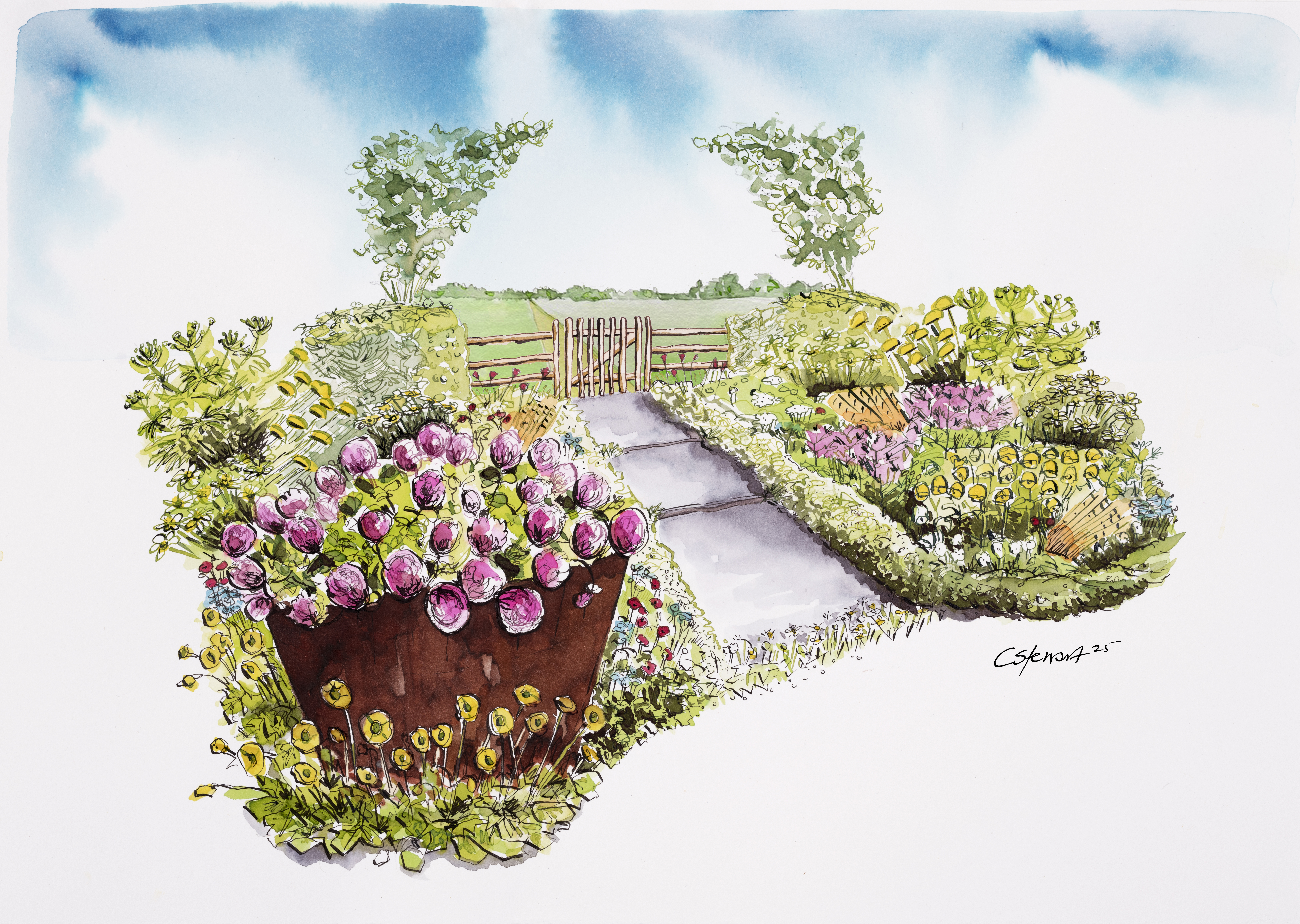
If you’re looking for plants to grow indoors, there’s always much to be admired at the Alitex stand — the a designer go-to for beautiful, Victorian-style greenhouses. From there, head to and finish at the Great Pavilion, the beating heart of the show and a totally different kettle of fish to the big Show Gardens. If you can, try and talk to the exhibitors — they are some of the most knowledgeable and passionate people you’re likely to come across (about indoor-growing plants and much, much more).
What-is-more, the pavilion is increasingly populated with younger designers and growers, bursting with cutting edge ideas — all thanks to the RHS’s various grants and mentorship programmes. One such grower is Charlotte Denne, from Kent Wildflower Seeds — the first wildflower company to ever exhibit inside this space. Last year, I had the great privilege of working with Denne on her first Chelsea Show concept, in partnership with Ffern.
This year, they’ve teamed up with regenerative whisky brand Fielden to create another powerful display (above) which questions why we prize non-native plants, at the expense of native ones (the latter have huge, proven benefits to above- and below-ground biodiversity).
Denne recommends stopping by Peter Beale for their amazing range of rose, and saying hello to members of the Plant Fairs Roadshow. For all things water, try Lincolnshire Pond Plants; for grow-you-own-mushrooms, the Caley Brothers should be your go-to.
Last but not least — wear comfortable shoes. It’s a long day!
The Country Life 'Outdoor Drawing Room' is at stand PW210 at the Chelsea Flower Show from May 19 to 24 May. For more information, visit the Country Life Chelsea Flower Show hub or the RHS website
Tabi Jackson Gee is a garden designer and writer based in Wiltshire. She is also the founder of Them Outdoors, an online gallery for original, design-led garden furniture, planters and sculpture made by British artists and craftspeople. Tabi trained at London College of Garden Design at Kew, and her work has been nominated and won awards with the Society of Garden Designers.
